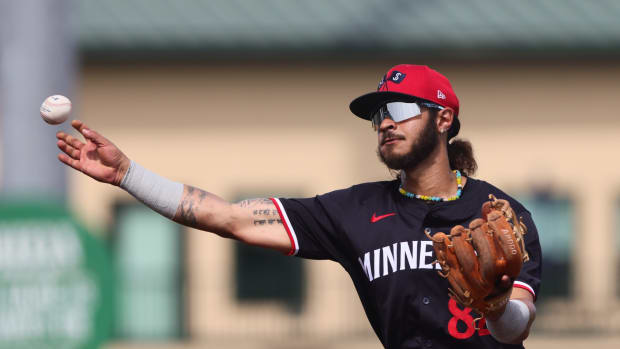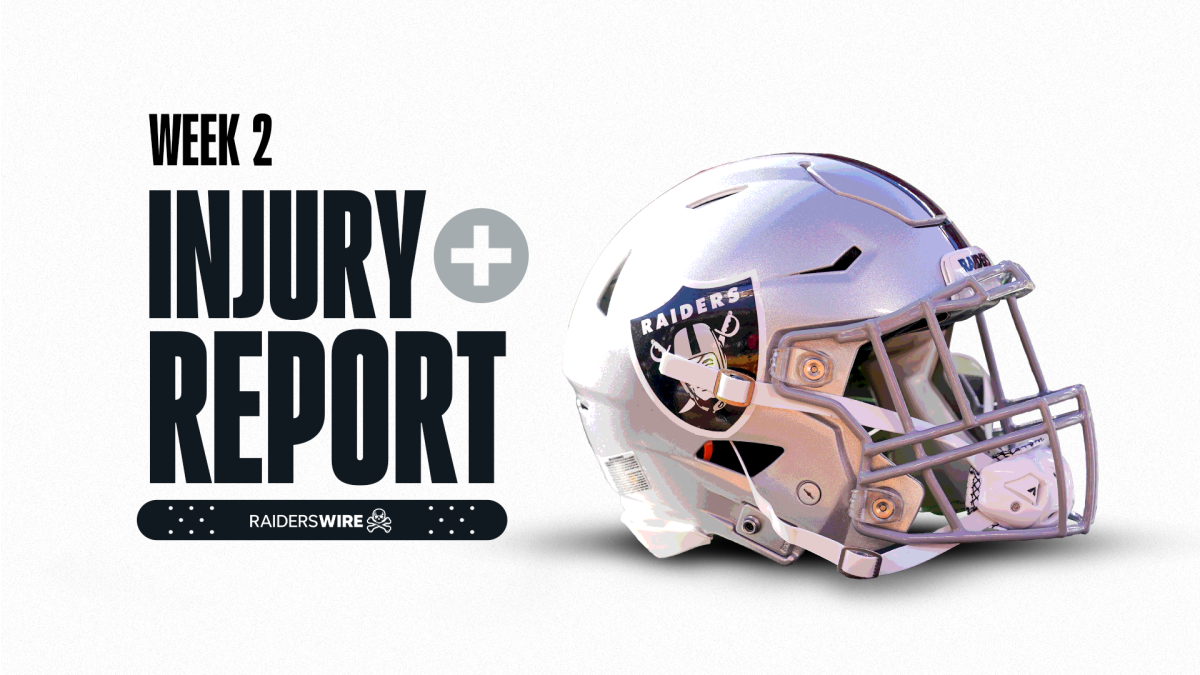The Twins from Minnesota are instituting a new organizational practice. Pitchers add pitches or adjust existing ones to meet league-wide tendencies, much like they did with the sweeper last season and the splitter this one. The in-vogue pitch in Minnesota seems to be the gymro slider.
Pitchers determine the course of baseball, as MLB’s Mike Petriello suggests in a January piece. Prior to the “analytics revolution,” which determined that high active spin, high zone four-seamers were the most effective way to strike out hitters, the Pittsburgh Pirates made low sinkers popular in order to induce grounders.
High four-seamers continue to dominate in usage, having somewhat lost their intensity since storming the league. Splitters, which are secondary pitches that work well off high four-seamers, have also become more and more common.

Splitters are lethal whiff pitches because of the way they tunnel off four-seamers and “fall off the table” beneath the zone. But their past—a banned pitch that hurt pitchers—has contributed just as much to their climb to stardom.
Gyro sliders are similar to splitters, so adding them to Chris Paddack and Bailey Ober’s toolbox may indicate Minnesota wants to bolster their four-seamer-based strategies. They function similarly to splitters, making them great whiff pitches. Their vertical movement profiles are a popular choice for sliders who have trouble spinning the ball, as they also tunnel well with four-seamers.
With a 15.6% swinging strike rate (93rd percentile) on his four-seamer, Ober has found great success throwing his pitches high (79% high location percentage, 100th percentile). His curveball, changeup, and slider are already strong points, but a gyro slider offers him a fresh appearance and the putaway pitch he needs.
Paddack calls his newly acquired gyro slider a cutter. According to MLBPitchProfiler, it has a striking resemblance to the slider that he utilized towards the close of the previous season. I’ll refer to it as a gyro slider because to its movement profile, velocity (84 mph), and 0% active spin, which indicates that the only spin influencing the ball is gyroscopic.

The rather imprecise definition of a gyro slider includes pitches that some refer to as cutters but that have between 0 and 5 inches of horizontal movement (for a righty) and sit between 83 and 87 miles per hour.
The reason Paddack is using the gyro slider/cutter seems to be similar to the one that other pitchers are using splitters. Although pitchers utilize changeups most efficiently against opposite-handed hitters, his changeup has shown to be a useful whiff pitch. Against righties, a slider gives him a bat-misser instead of his less potent curveball.
With his new pitch, Paddack can completely embrace a north-south strategy by attacking the top of the zone with a high-induced vertical break four-seamer.
Even when compared to other kinds of sliders, the statistical tendency of the gyro slider to miss bats is evident. The swinging strike (SwStr) rate of sliders with induced horizontal break (IHB) of 0 to 5 inches is 16.5%. These are known as gyro sliders. Sweepers, or sliders with a break distance greater than 13 inches, have a 14.6% SwStr. “Classic” sliders, or those with a breakage of between 5 and 13 inches, fall in the middle at 15.8%.
Curiously, a peculiar set of sliders that are outside of the previously mentioned range operate much better. Positive IHB indicates an arm-side break for a righty, and negative IHB indicates a glove-side break.
Known as “wrong-way sliders,” like Dauri Moreta’s, these gravity-defying negative IHB sliders have a similar functionality to screwballs. of all the sliders in our dataset, just 14 pitchers threw these kinds of sliders in the previous season.
The splitter of sliders is what gyro sliders are like. The average SwStr for splitters is 17.4%, compared to 14.6% for all other changeups.
Gyro sliders, however, are inferior to called strike (CS) pitches, which are the poorest of these four types, much like splitters. Gyro sliders earned called strikes on 14.5% of thrown pitches, which is less than the wrong-way slider’s 15.2%, sweeper’s 15.9 CS%, and “classic” slider’s 15.5 CS%.
Pitchers may choose to use a gyro slider to add additional swing-and-miss, depending on what feels anatomically comfortable.

Gyro sliders may be simpler for certain pitchers to command, but this dataset doesn’t show that. It is not always the case that a gyro slider is superior to a sweeper or a “classic” slider. The sliders that are in the zone’s shadows are the greatest ones.
Gyro sliders had a greater shadow rate than sweepers, however the difference was not very great. Pitcher calibre matters, and better pitchers may be able to account for this slight variation in results by using gyro sliders. Shadow rates for Gyro sliders were 40.1%, sweepers were 39.3%, “classic” sliders were 40.4%, and wrong-way sliders were 39.7%.
The Twins are trying to figure out how to give back more whiffs. Pitchers need to figure out methods to trick batters who are becoming more and more accustomed to high four-seamers. Gyro sliders have a place, but splitters are the current favourite. Because of this, Minnesota’s pitchers tend to throw them more frequently.



